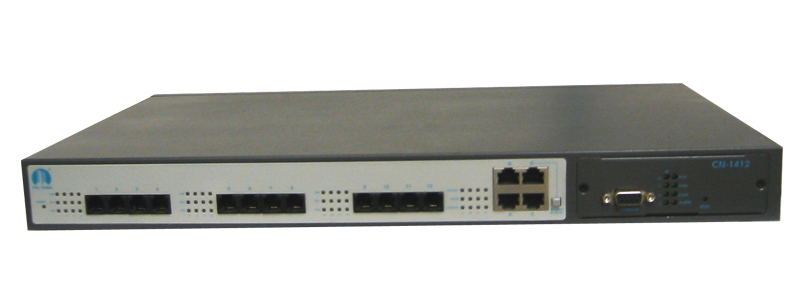
A low-pass filter may be needed between any phones and their respective jacks to block noise. The larger 4210 controller chip strips away noise and passes data on.Ī HomePNA setup would include a HomePNA card or external adapter for each computer, an external adapter, cables, and software. Two custom chips designed using the HPNA specifications were developed by Broadcom: the 4100 chip can send and receive signals over 1,000 ft (305 m) on a typical phone line. A standard phone line has enough room to support voice, high-speed DSL and a landline phone. HomePNA uses frequency-division multiplexing (FDM), which uses different frequencies for voice and data on the same wires without interfering with each other. In May 2013 the HomePNA alliance merged with the HomeGrid Forum. In March 2009, HomePNA announced a liaison agreement with the HomeGrid Forum to promote the ITU-T G.hn wired home networking standard. The original protocols used balanced pair telephone wire. HomePNA 3.1 was developed by Coppergate Communications and was approved by the ITU as Recommendation G.9954 in January 2007. HomePNA 3.0 was developed by Broadcom (which had purchased Epigram) and Coppergate Communications and was approved by the ITU as Recommendation G.9954 in February 2005. HomePNA 2.0 was developed by Epigram and was approved by the ITU as Recommendations G.9951, G.9952 and G.9953. HomePNA 1.0 technology was developed by Tut Systems in the 1990s. It was formerly the Home Phoneline Networking Alliance, also known as HPNA. ĭevices that use HPNA technology as part of whole-home multi-media content products include Advanced Digital Broadcast, Inneoquest and NetSys.Īlternatives to HomePNA include: Power line communication, Wi-Fi, data over cable, and multimedia over coax. HomePNA promoter companies are AT&T Inc., Technicolor SA, Pace plc, Sigma Designs, Motorola, Cisco Systems, Sunrise Telecom and K-Micro. The HomePNA Alliance, tests implementations, and certifies products if they pass. HomePNA creates industry specifications which it then standardizes under the International Telecommunication Union (ITU) standards body. HomePNA does not manufacture products, although its members do.
#MEDIATUBE BELL HOMEPNA TV#
HomePNA 3.1 uses frequencies above those used for digital subscriber line and analog voice calls over phone wires and below those used for broadcast and direct broadcast satellite TV over coax, so it can coexist with those services on the same wires. HomePNA was developed for entertainment applications such as IPTV which require good quality of service (QoS). If you do have Coax connected devices, disabling HPNA will disable them.The HomePNA Alliance is an incorporated non-profit industry association of companies that develops and standardizes technology for home networking over the existing coaxial cables and telephone wiring within homes, so new wires do not need to be installed. OTOH, it also isn't causing any harm if there is no coax cable. If you don't have Coax connected to your Gateway, then you can turn it off without any issue.
#MEDIATUBE BELL HOMEPNA PC#
During the past week a poster wrote about issues he was having with two coax-fed TV Receivers and a recently connected HPNA adapter he was connecting his PC to. Your U-verse Gateway will communicate out of its Coax connector to IPTV Receivers via Coax or to HPNA Transceivers connected to, for instance, XBOXen (AT&T briefly supported the XBOX 360 as a TV Receiver and provided an HPNA tranceiver in the kit).




HPNA (or HomePNA) is a protocol for networking over cable such as coax, or lower grade twisted pair, or even quad cabling. It could be serving as a Wireless Repeater (or Range Extender). It could be a bridge serving one or more wired-only devices that need a wireless connection. A TL-WR810 is a multi purpose device from TP Link.


 0 kommentar(er)
0 kommentar(er)
